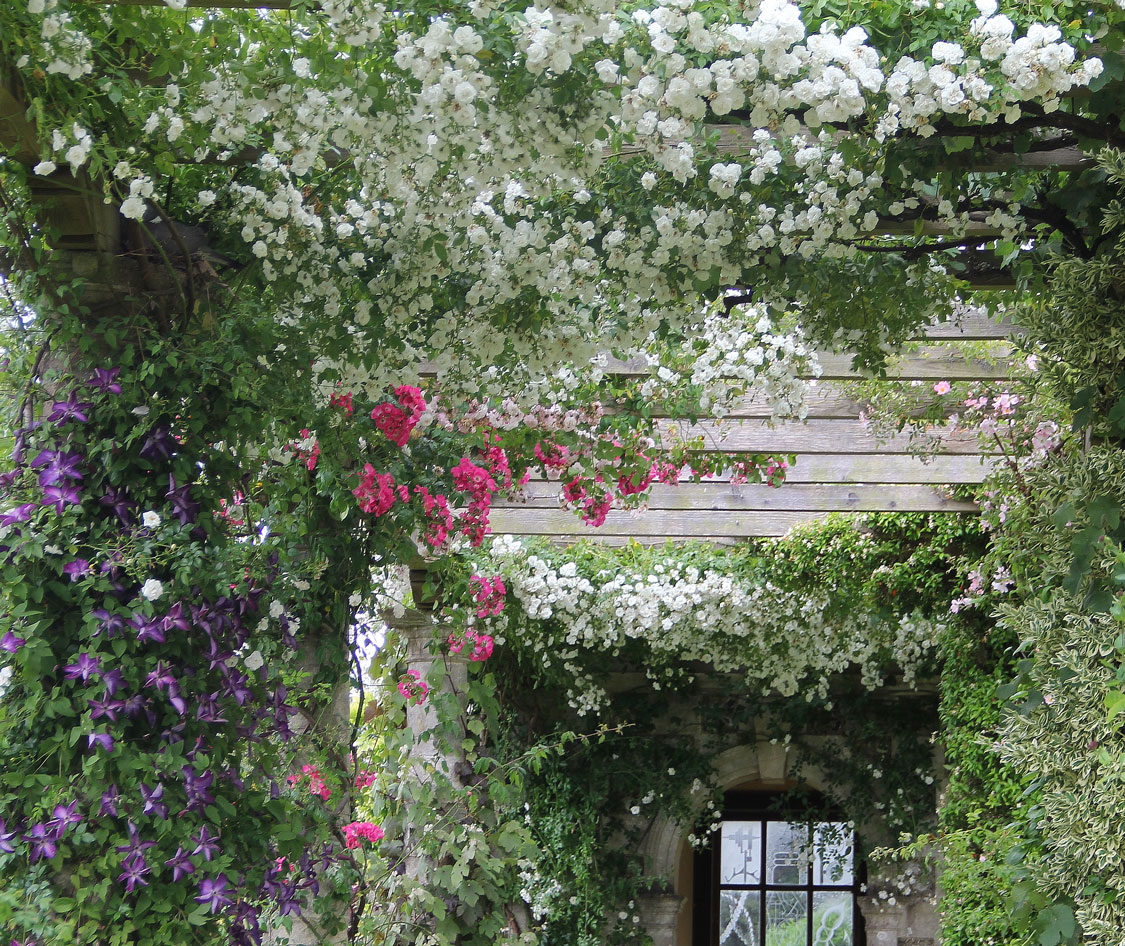Climbers add essential height to a garden. Here are five of our favourites
RELATED TO FRAGRANT CLIMBERS: Six unusual flowering climbers
1. Solanum jasminoides
The blue or white potato vine, Solanum jasminoides (not to be confused with the alien invasive S. seaforthianum) has small clusters of fragrant dainty light-blue or white flowers in spring to late autumn. In colder areas the plant is semi-deciduous. In late winter, either prune hard to a length of 50 cm to 1m, or just take off dead twigs and leaves, depending on what’s needed. The plant is water wise and quite hardy when planted in a protected area.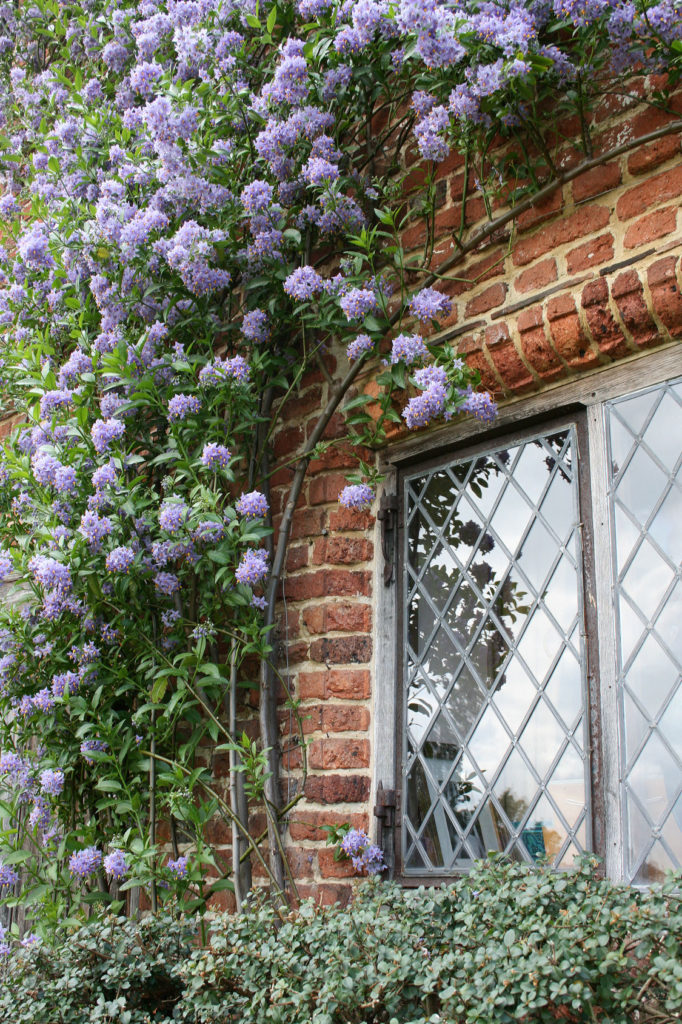
POSITION: Full sun.
PLANT: Any time of the year in free-draining soil. Prepare the soil with compost and feed with 3:1:5 fertiliser.
SIZE: 6–8m high and 2–3m wide.
WATER NEEDS: Light to medium watering (1–2 times a week).
FLOWERING SEASON: From spring to late autumn.
FROST TOLERANCE: Light frost.
READ MORE: The ultimate winter gardening guide
2. Sweet peas (Lathyrus odoratus)
The fragrant sweet pea is a much-loved annual climber with lovely flowers from spring to early summer. Although there’s a perennial sweet pea, it unfortunately doesn’t have a scent. Pick the flowers regularly to promote further flowering and spray for pests like red spider mite, if necessary.
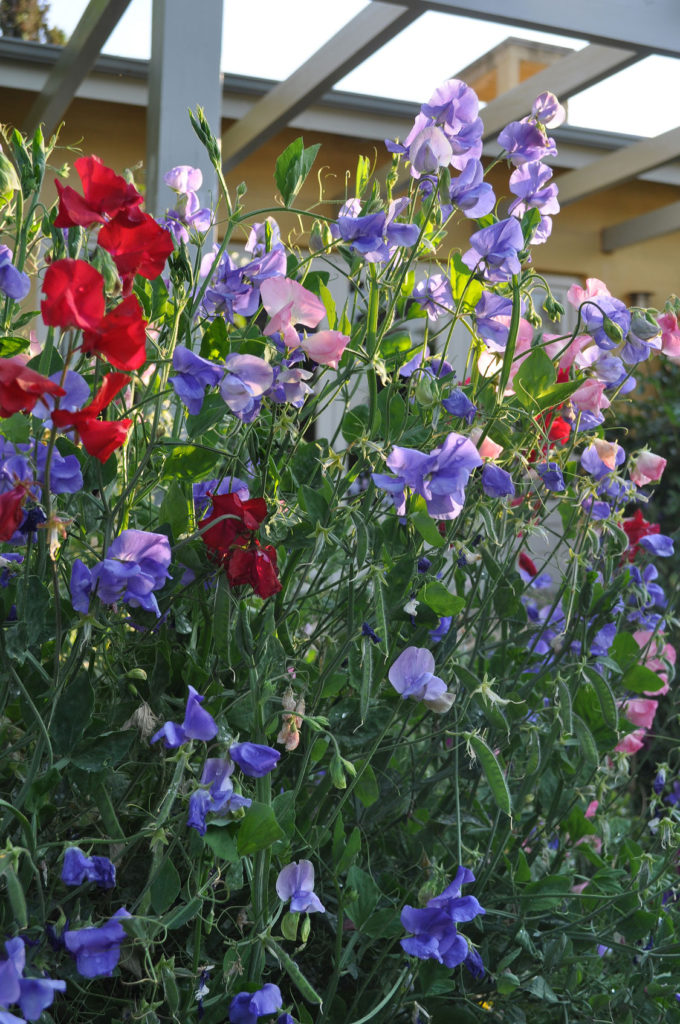
POSITION: Full sun.
PLANT: Sow seeds or plant seedlings from spring to winter. Sweet peas need well-dug soil that has been enriched with compost and kraal manure. Feed every two weeks with organic food like Seagro or Neutrog Seamungus.
SIZE: 2–3m high and 50cm wide.
WATER NEEDS: Regular watering.
FLOWERING SEASON: From spring to early summer.
FROST TOLERANCE: Light to moderate frost.
3. Climbing roses
You can choose from the many fragrant climbing or rambling roses like ‘Nahéma’, ‘Blossom Time’ and ‘Wedding Garland’. Roses bloom in flushes, the first of which is usually in October or November.
MORE ROSES: Growing roses in containers
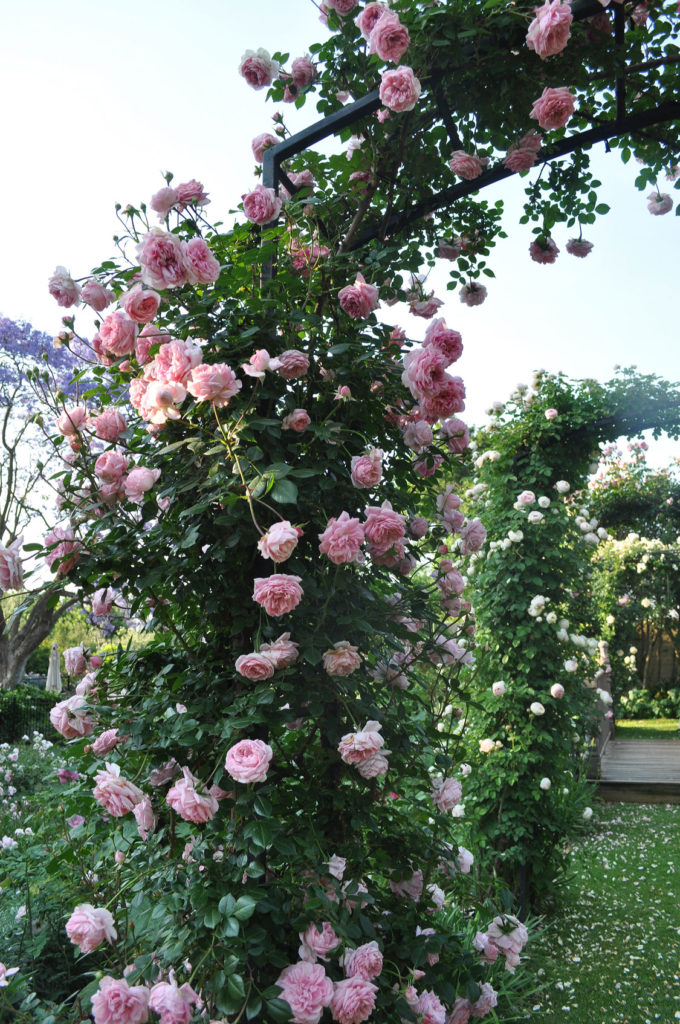
POSITION: Full sun.
PLANT: Prepare a 1m x 1m planting hole and add organic material such as compost and peanut shells to improve drainage. Feed with Vigorosa according to instructions on the pack.
SIZE: 2–3m high and 50–100cm wide; some ramblers can spread up to 20m.
WATER NEEDS: Regular watering.
FLOWERING SEASON: From spring to autumn. Some heritage climbers and ramblers only flower in spring, so make sure you buy the right ones.
FROST TOLERANCE: Moderate to severe frost.
4. Wisteria
With its heavily perfumed racemes of pea-like flowers, wisteria is the most romantic of the fragrant climbers. The most common has lilac flowers but some garden centres stock new hybrids with white, pale-pink, mauve and pale-blue flowers. There’s also a hybrid that flowers in early summer as well as one with longer racemes. Wisteria is deciduous, bearing the flowers on the pretty twisted bare wood in spring.
READ MORE: Planting purple in the garden
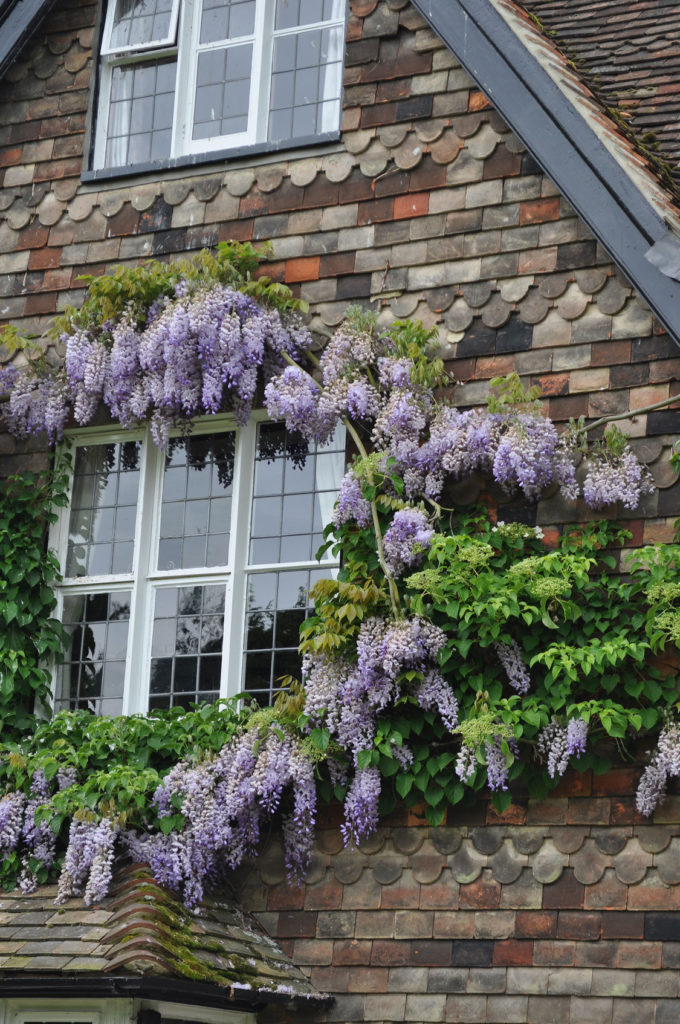
POSITION: Full sun.
PLANT: Prepare the planting holes with compost and bonemeal. Plant in spring or autumn.
SPREAD: 9–15m high or wide. Prune the long shoots on the main stems after flowering in the summer (December), to 5–6 leaves, and again in the winter (July) to 2–3 buds.
WATER NEEDS: Regular watering, especially before flowering.
FROST TOLERANCE: Can take severe frost.
5. Jasminum multipartitum
While many associate spring with Chinese jasmine (J. polyanthum) there’re a number of indigenous jasmines that are just as fragrant and pretty although they’re not frost hardy. Starry jasmine (J. multipartitum) and South African jasmine (J. angulare) flower on and off through the year.

POSITION: Full sun and semi-shade.
PLANT: Prepare the planting holes with compost and bonemeal. Plant in spring or autumn.
SPREAD: 2–5m high or wide. Neaten it by pruning the shoots in winter.
WATER NEEDS: Regular watering.
FLOWERING SEASON: Throughout the year.
FROST TOLERANCE: Is not frost tolerant.

